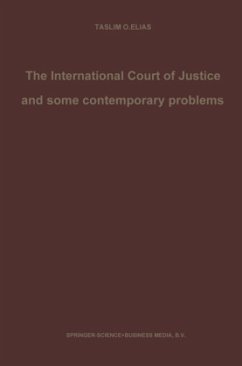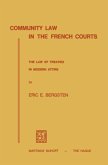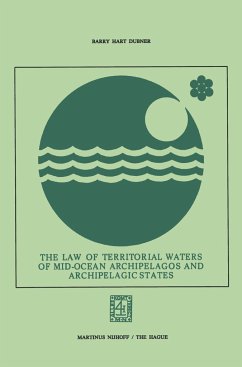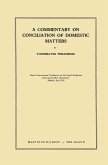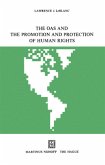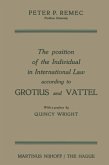This book groups together recent studies of some of the most significant features of contemporary public international law. It straddles some five differing aspects of the living law of the United Nations. Although written on diverse occasions and for different purposes, they are nevertheless animated by the common ideal of analysing and synthesising current issues with which the International Court of Justice, the United Nations Organization itself and related law-making organs and institutions have been grappling in the last five years or so. The treatment of the subjects with which they deal and the manner of their orientation naturally differ both in scope and in depth of analysing, depending upon the particular aspects of international law under consideration. They open up not only new horizons but also, as one of its chapters indicates, new conceptions and perspectives in current international law. Old topics are re-examined from new angles, some new topics are studied in such a way as to relate them to their customary roots and pristine significance in legal thought. There are five main parts. The first and inevitably the longest division deals with the international judicial process in nearly all its modern ramifications as exemplified in the work of the Court. The first study deals with problems of method associated with the internal judicial practice of the Court from the moment the public hearings have been completed up to the delivery of the judgment; in other words, how the Court judges a case.
Hinweis: Dieser Artikel kann nur an eine deutsche Lieferadresse ausgeliefert werden.
Hinweis: Dieser Artikel kann nur an eine deutsche Lieferadresse ausgeliefert werden.

